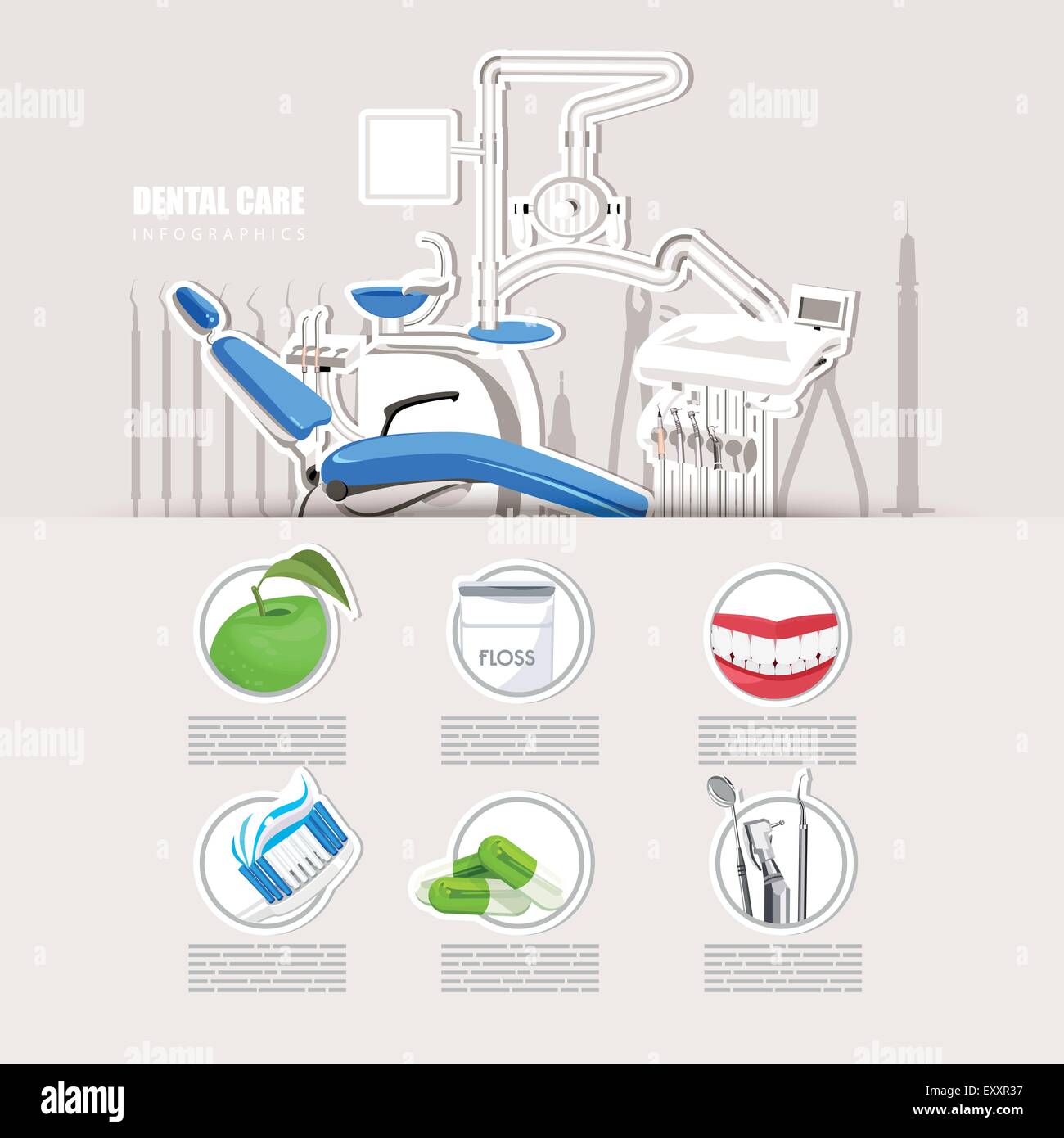The Innovation Of Oral Surgery: Pioneering Technologies And Advances Specifying The Field
The Innovation Of Oral Surgery: Pioneering Technologies And Advances Specifying The Field
Blog Article
Web Content By-Petersson Jonasson
Welcome to the world of oral surgery, where developments and breakthroughs are forming the future of the area! In this amazing realm, you'll witness the transformative power of robotics, the sophisticated marvel of 3D printing, and the game-changing impact of minimally intrusive techniques.
The future of dental surgery holds an assurance of precision, effectiveness, and improved client outcomes. With the help of advanced robotics, surgeons have the ability to do complicated procedures with higher precision and control.
3D printing modern technology is transforming the development of oral implants and prosthetics, offering tailored solutions that fit flawlessly right into each client's special makeup.
Furthermore, minimally intrusive methods are decreasing post-operative pain and recovery time, permitting clients to return to their daily lives sooner.
Prepare to check out the interesting technologies and advancements that are reshaping the landscape of dental surgery!
Developments in Robotics
One major improvement in oral surgery is using robot technology, which permits exact and reliable procedures. With the help of robot systems, oral specialists have the capacity to perform complex surgeries with boosted accuracy, lessening the risk of human mistake.
These robotic systems are furnished with sophisticated imaging technology and exact tools that enable specialists to browse with complex physiological frameworks with ease. By using robotic technology, specialists can attain better medical precision, leading to boosted client results and faster recuperation times.
On top of that, making use of robotics in oral surgery enables minimally invasive treatments, lowering the trauma to bordering cells and advertising faster healing.
3D Printing in Oral Surgery
To improve the area of oral surgery, you can explore the subtopic of 3D printing in dental surgery. This ingenious modern technology has the potential to revolutionize the way dental doctors operate and treat clients. Here are four essential methods which 3D printing is forming the area:
- ** Custom-made Surgical Guides **: 3D printing enables the production of very precise and patient-specific surgical guides, enhancing the precision and performance of treatments.
- ** https://teeth-whitening-veneers06173.mdkblog.com/38542381/maxillofacial-surgery-exploring-the-payments-of-oral-surgeons-to-facial-repair **: With 3D printing, dental doctors can develop tailored dental implant prosthetics that perfectly fit a patient's unique composition, leading to far better end results and patient complete satisfaction.
- ** Bone Grafting **: 3D printing makes it possible for the production of patient-specific bone grafts, decreasing the need for typical implanting strategies and boosting healing and recuperation time.
- ** smile restoration and learning and Educating **: 3D printing can be utilized to produce realistic surgical models for instructional functions, allowing dental doctors to practice complicated treatments prior to executing them on individuals.
With its possible to enhance precision, customization, and training, 3D printing is an amazing growth in the field of dental surgery.
Minimally Intrusive Techniques
To better progress the field of dental surgery, welcome the capacity of minimally invasive strategies that can considerably benefit both specialists and patients alike.
Minimally invasive strategies are reinventing the field by minimizing medical trauma, lessening post-operative pain, and speeding up the recovery procedure. These strategies include making use of smaller lacerations and specialized tools to perform procedures with accuracy and efficiency.
By using advanced imaging innovation, such as cone light beam computed tomography (CBCT), doctors can precisely intend and execute surgical treatments with marginal invasiveness.
In addition, using lasers in oral surgery permits specific tissue cutting and coagulation, resulting in minimized blood loss and reduced recovery time.
With minimally https://www.liverpoolecho.co.uk/special-features/dont-miss-chance-smile-you-25453489 , people can experience quicker recovery, lowered scarring, and improved end results, making it a vital aspect of the future of oral surgery.
Conclusion
So, as you can see, the future of oral surgery is incredibly encouraging, with exciting advancements and breakthroughs forming the area.
From the advancements in robotics to using 3D printing and minimally intrusive methods, dental specialists are reinventing the way they give care.
While some may fret about the prospective price connected with these improvements, it's important to bear in mind that these technologies eventually improve patient results and lower recovery time, making them well worth the financial investment over time.
